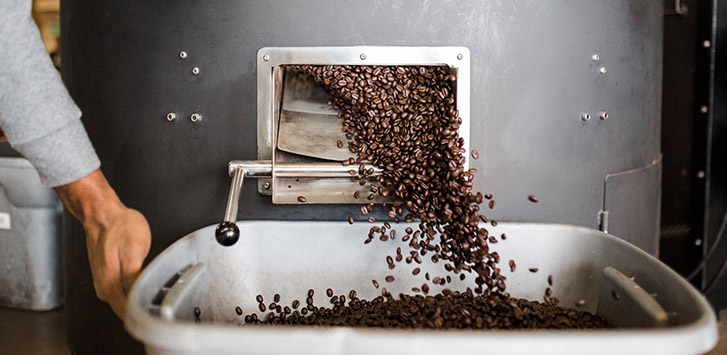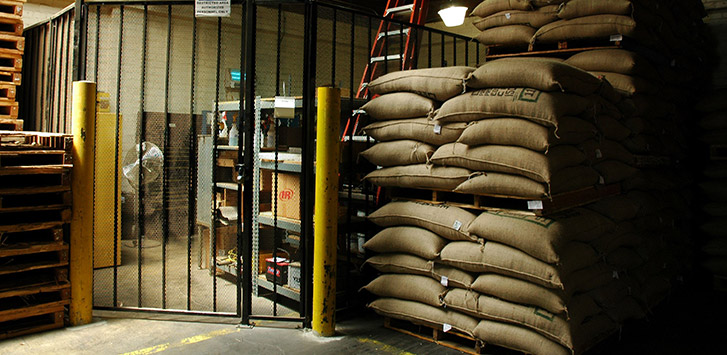
Here’s the deal: if you want bland coffee, this isn't for you. The path ahead is not meant for those who don’t want their beans to reach their potential. Of course, if you're here, you’re likely the type who will be excited to learn more about coffee roasting!
So, you’ve roasted your green coffee beans and can’t wait to get a taste of that phenomenal coffee.
Stop. You need to rest your coffee.
The Art of Resting Coffee After Roasting
Yes, you read that right. Coffee beans go through a lot during the roasting process. To produce the best coffee, you need to give them a break. In more technical language, freshly roasted coffee has a build up of carbon dioxide that needs to escape.
If you attempt to brew coffee before the CO2 has left the beans, the brew will turn out much weaker. The process of releasing the CO2 is called degassing.
Have you ever noticed that store bough beans are sold in bags with one-way valves? This allows them to degas without being exposed to oxygen, which would make them stale.
Coffee roasters carefully calculate the resting time needed between roasting and shelving. If you’re roasting your own beans, the pressure to do this falls on you. It also means you have significantly more control over how long your beans rest.

How Long Should You Rest Coffee Beans?
The next question is how long you should rest it for. This is the fun part: there is no one answer. For everyone that just got frustrated, roasters say you should at least rest it for 1-3 days before brewing. So if you like a simple set of guidelines, there you go. Keep in mind, this may not be the most optimal time for your specific roast, but it's better than brewing immediately. For those of you who are excited by the prospect of curating your coffee skillsets, this is where the fun begins.
Coffee, while often compared with items like fresh produce or pastries in terms of shelf life, has just as much in common with fine wine. Some coffees may even taste their best after they’ve rested for over a year. This is determined by the type of bean, how it has been roasted, and the intended brewing method.
The general rule of thumb is to rest dark roasts for 1-5 days, medium roasts for 5-7 days, and light roasts for 10-14 days. This time can decrease, depending on how long the bean will be in contact with water while brewing. For example, beans for filter brewing can have shorter resting times, while beans for espresso should rest longer.
The best way to figure out how long to rest your specific coffee beans is to experiment. This is where items like our coffee journal come in handy. The trick is to roast the beans, rest them for different periods of time, and then brew them all at once to sample together, noting which is your favorite. Experimenting in this way will give you a good idea how long to rest your next batch of roasted beans.
Sidenote: When sampling your coffee, it’s good to note that coffee that is closer to our body temperature will have the strongest flavor.
Make sure you properly store your coffee beans while they degas. Otherwise, the batch may be ruined.
Conclusion
Ultimately, establishing a roasting routine is the best way to make the most of your beans. If you roast the beans knowing how long you’ll want to rest them, then you should be able to plan your roasts in a way that keeps you constantly supplied with beans ready to brew.
Help your fellow coffee connoisseurs by commenting your favorite resting times for our beans below and the flavor profile it gave!